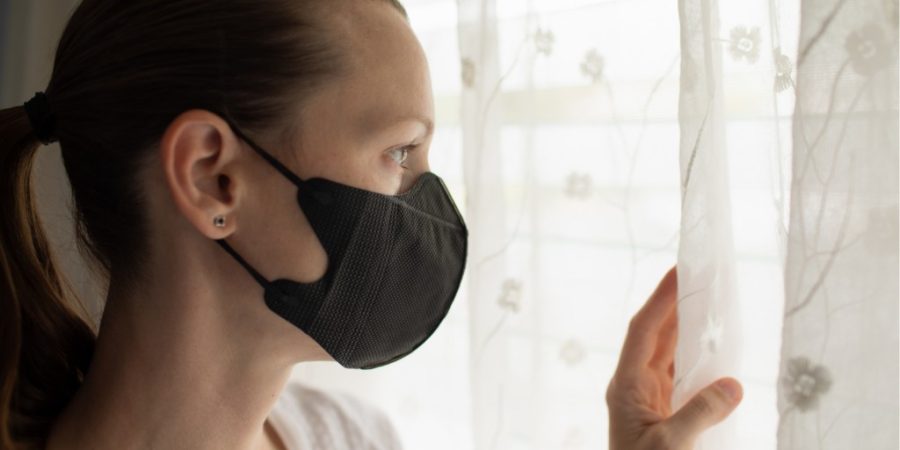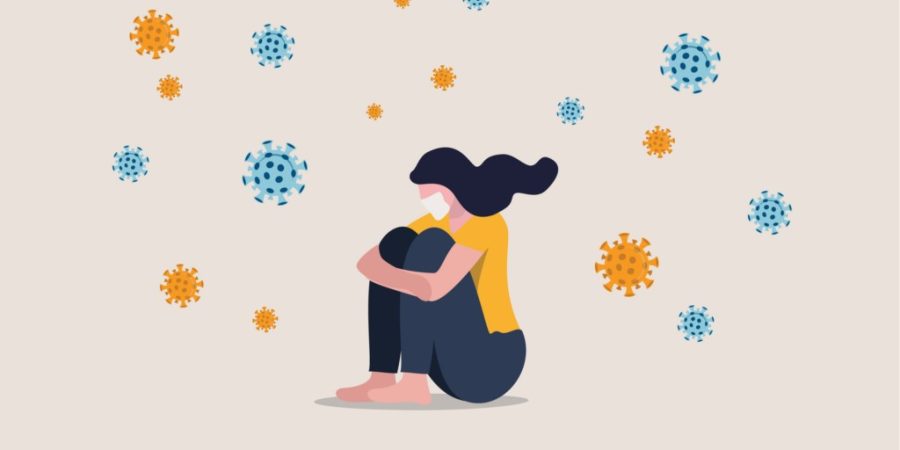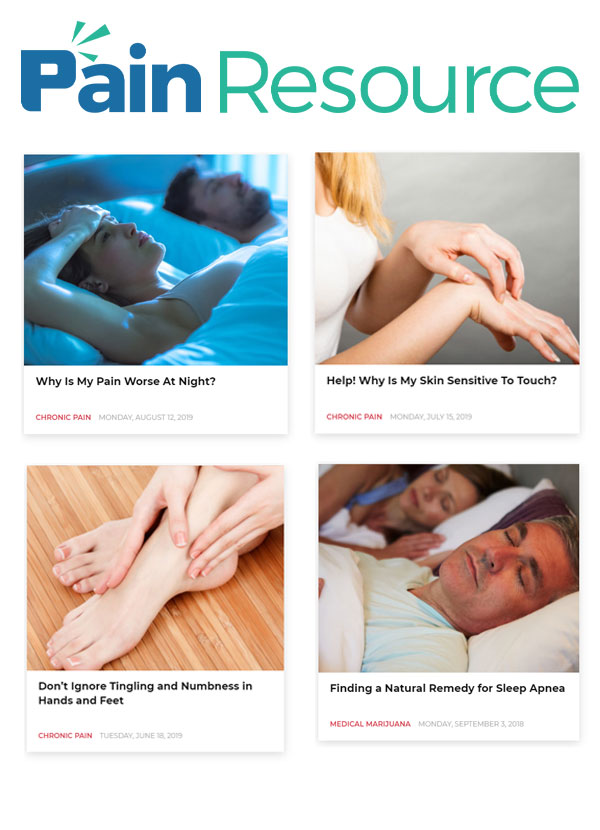
Mental health statistics have always been important for medical and mental health professionals to understand and consider, but they have been even more important in 2020 for everyone to consider. It doesn’t matter if you have been diagnosed with something like bipolar disorder or depression in the past or if you have never technically been diagnosed; many of us have struggled with our mental health in 2020, even without formal diagnoses.
The statistics definitely support these claims. Here are some important mental health statistics in 2020 compared to 2019, as well as what doctors recommend in 2021 if you are one of the millions of people who are struggling this year.
Table of Contents
More Self-Reported Symptoms of Anxiety and Depressive Disorder
Over 19 million people, or nearly eight percent, experienced a major depressive episode in 2019. As you might expect, the statistics for 2020 are considerably different.
Depression now affects many more adults than ever before. In 2020, it has been estimated that at least one in four adults aged 18 and older now experience depressive symptoms.
The coronavirus pandemic has made it more difficult for those who have struggled with anxiety and depression in the past, but it has made it difficult for nearly everyone to cope. Many people who never had issues with these mental illnesses in the past are experiencing common symptoms of anxiety and depression as they attempt to navigate social isolation, working from home, and remote learning.

Increase in Self-Reported Substance Use
There is a strong link between mental illnesses and substance abuse. Many people who experience the symptoms of mental health disorders turn to drugs and alcohol to cope. During the coronavirus pandemic of 2020, many of us have looked for new ways to cope with the barrage of new stressors we are dealing with on a daily basis. Unfortunately, not dealing with them effectively has led to an increased rate of addiction.
Over 13 percent of respondents in a survey conducted by the Centers for Disease Control (CDC) reported that they started or increased their substance use in April and June of 2020. As 2020 continued, it is likely that this number has continued to rise, and it may continue to rise as we deal with the COVID-19 going into 2021.
Increase in Self-Reported Symptoms of Trauma- and Stress-Related Disorders
Trauma- and stress-related disorders have increased in 2020 as well. Over 25 percent of people taking the survey in the United States reported an increase in symptoms associated with disorders like post-traumatic stress disorder (PTSD) and acute stress disorder.
2020 has been traumatic for many people. You aren’t alone if you are one of the millions of people who have lost your job or have struggled to pay your bills. Additional stressors like kids attending school virtually, as well as the stress of dealing with the virus if you or a loved one has gotten sick or passed away, has increased stress for everyone.
Increase in Those Who Have Considered Suicide
One of the most alarming statistics associated with 2020 is that nearly 11 percent of adults responding to the CDC survey reported considering suicide within the previous 30 days. The types of people increasingly considering suicide in 2020 is especially important to note. In 2019 and earlier years, the rate of suicide was highest among middle-aged white men. Over 25 percent of those who reported considering suicide in 2020 were between the ages of 18-24, and many were Hispanic and non-Hispanic Black, which is quite a change from years past. Numbers were also especially high for unpaid caregivers for adults and essential workers.
Dealing with the coronavirus outbreak has been especially hard on young adults who aren’t able to attend graduation or college classes. The virus has disproportionately affected racial minorities, making the pandemic difficult for Hispanic or Black individuals to deal with, while caregivers and essential workers, like nurses, worry about the safety of themselves and their families.
Mental Health Statistics in 2020 Part of a Growing Trend
The rates of mental illnesses and substance use disorders have greatly increased between 2019 and 2020. According to the National Institute of Mental Health (NIH), nearly 20 percent of U.S. adults were living with a mental illness in 2019. In 2020, the percentage of people reporting mental health issues is 40 percent.
There’s no doubt that this statistic is alarming, and it’s a large departure from years past. In 2008, nearly 18 percent of adults struggled with a mental illness, and it took 11 years for that number to reach 20 percent. Juxtaposed with a jump from 20 percent to 40 percent in just one year, it’s clear that the pandemic has had a profoundly negative impact on mental health.
What Doctors Recommend for 2021

It is more important than ever to seek mental health treatment if you’re one of the tens of millions of Americans who are struggling with mental health challenges. Even with the emergence of multiple vaccines, it will take many more months for life to return to normal. It could take years for the economy to recover, which means continued economic challenges that can lead to anxiety, depression, and stress disorders.
Mental health facilities like The Blackberry Center are equipped to provide you with a variety addiction treatment and behavioral health programs. From treating alcohol addiction to crisis stabilization services and dual diagnosis programs, we can provide you with the support you need to make 2021 your best year yet.
Call 888-512-9802 to discuss admission with one of our caring staff members or fill out our contact form. We would be happy to answer all of the questions you may have about mental health statistics and the treatment options at our facility.
The post Mental Health Statistics in 2020 Compared to 2019 appeared first on The Blackberry Center of Central Florida.
Source
Original Author: The Blackberry Center

